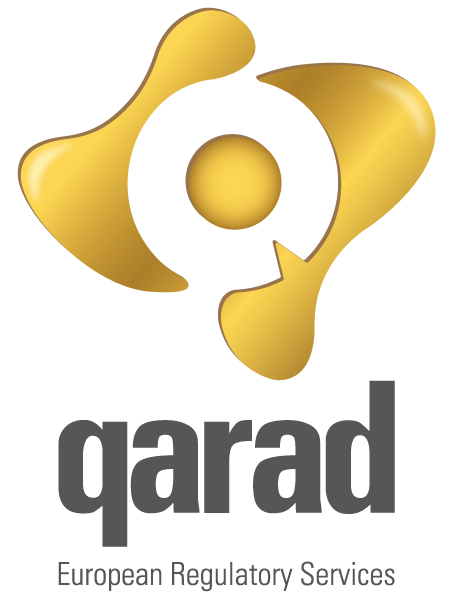As established by the Lisbon Treaty signed on December 2009 the European Commission can use these type of 2 acts in order to ensure the implementation of EU laws.
Essentially these acts correspond to the creation of detailed rules to add substance to higher-level legislation such European Regulations or Directives.
The EU Commission may use the assistance of informal committees made up of experts from Member States in a process known as “comitology”.
Delegated and Implementing Acts are defined in articles 290 and 291 of the Lisbon treaty; the official definition of a Delegated Act is: “a non-legislative act of general application to supplement or amend certain non-essential elements of a legislative act”.
Implementing Acts are to be used where uniform conditions for implementing legally binding Union acts are required.
Delegated Acts are closer to law-making and focus on the “what” while Implementing act is more focused on the “how”, on the practical implementation of rules that already exist in the original legislation.
Delegated Acts (DA)
Because issuing a DA is considered a “quasi-law-making” action the EU Parliament & Council are primarily involved in their review and have the power to scrutinize and control the DA-issuing process. They can raise an objection to any DA (within 2 months) and have the power to prevent it from coming into force.
Parliament1 and Council2 even have the power to revoke the Commission capability to issue DAs for specific legislations. In this case Commission can’t issue anymore DAs but all previously published DAs stay valid.
1 majority required
2 qualified majority required
Implementing & Delegated Acts for the IVD-Regulation
Nobody knows yet exactly which IAs or DAs will have to be prepared by the Commission in order to provide a practical implementation context to the future EU IVD-Regulation.
For the moment the Commission has just stated that they foresee the need to issue approx. 15 DAs and 24 IAs for the IVD-R (similar numbers for the MD-R). This may amount to thousands of regulatory pages which potentially may need to be written.
The Commission also stated that they will work according to these priorities:
- Notified Bodies
- Common Specification on Annex XV devices (without a medical purpose)
- Reprocessing of single-use devices
- UDI & EUDAMED
- Governance: Setting up the MDCG and Expert Panels
The Commission already stated that the MDCG is the main body which will support the commission in implementing the future IVD/MD Regulations. It will be formed by experts nominated by the various Member States and will be chaired by the Commission.
Qarad believes that the MDCG won’t be nominated till some months after the publication of the final texts of the IVD-Regulation and then it will take still several months for the Commission to publish the most urgent DAs and IAs.
We also have to keep in mind that it will take equally long, if not more, for Notified Bodies to apply for nomination to the IVD Reg. (1st), to be assessed for adequacy (2nd) and then to be officially nominated (3rd).
This may mean that for the first 12 or even 18 months of the transition period it will be simply impossible for any IVD manufacturer to CE-mark its products as per the IVD-R. The required and much needed DAs and IAs won’t be there yet and, on top of it, there won’t be any NB yet to issue the CE certificates.
Only Class A IVDs, the only ones which will still be “self-certifiable”, could be placed on the market under the IVD-R regime. Anyway, the very few which will still be some left in this class…

